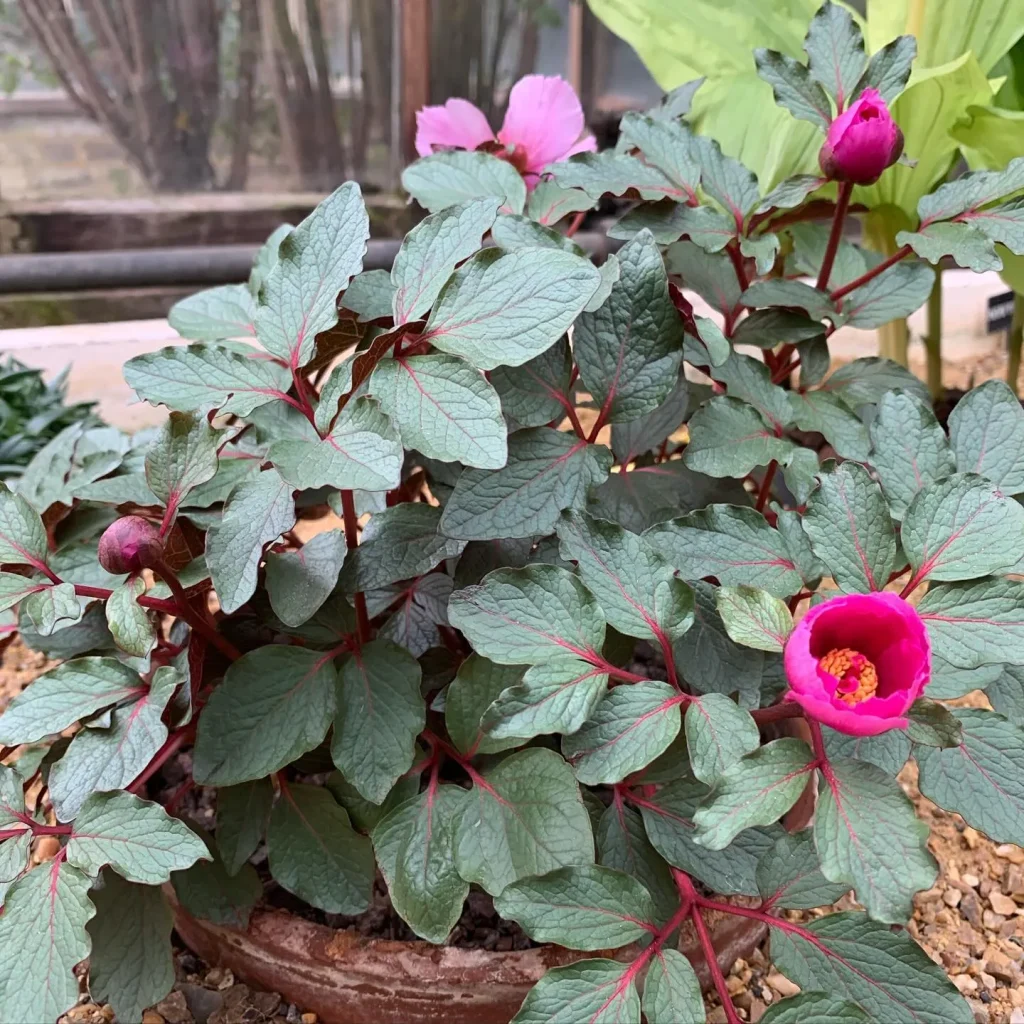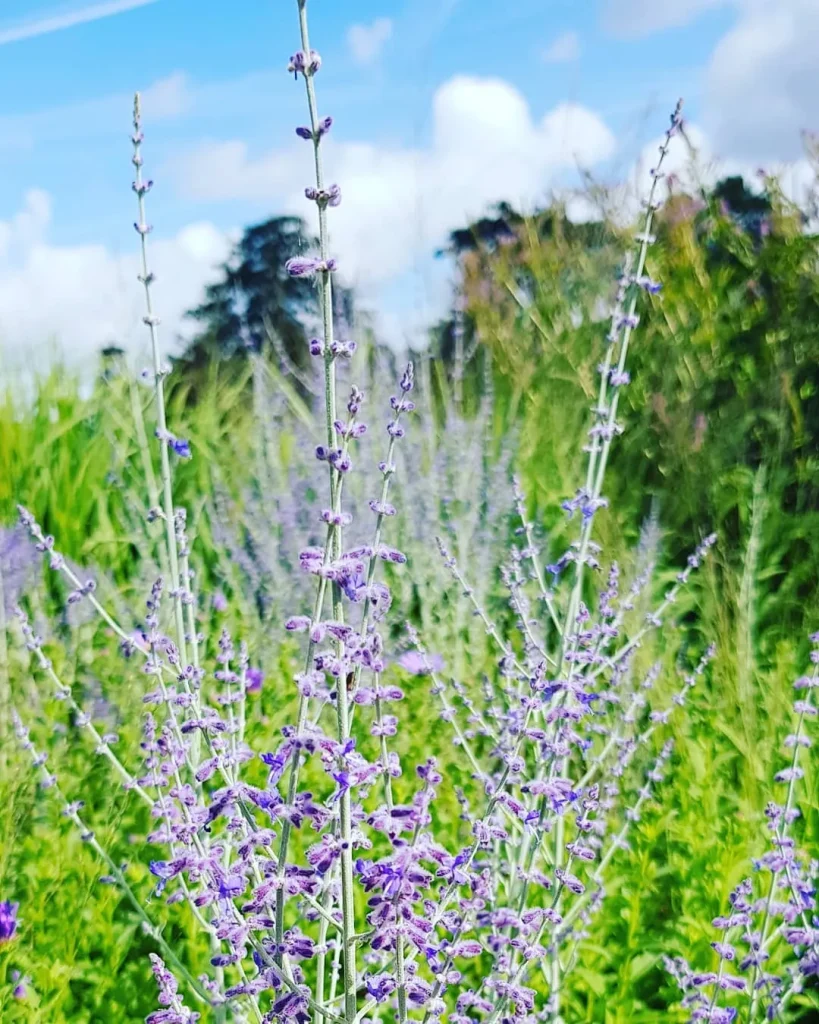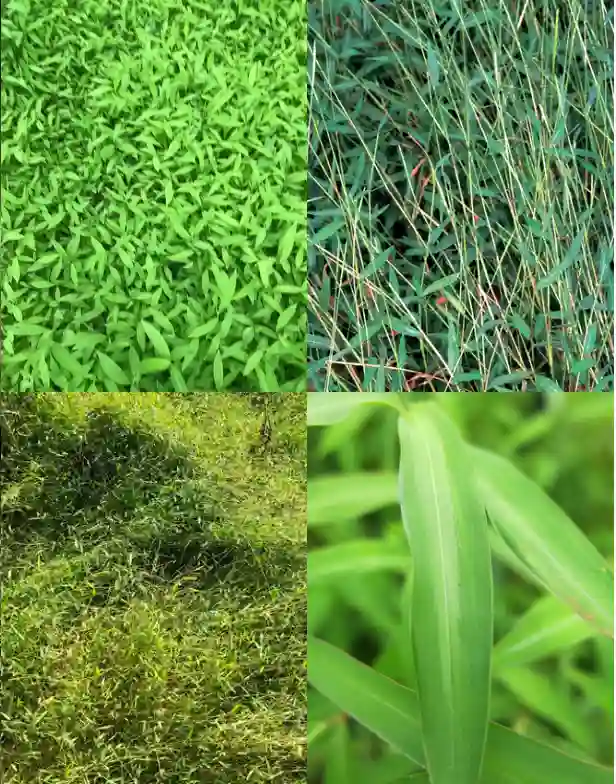The Rosinweeds: A Personal Exploration of the Silphium Genus
My name is Ferb Vu, and I’ve always been fascinated by the diversity of the natural world. Lately, my curiosity has been captured by a genus of plants known as Silphium, commonly called rosinweeds. Native to North America, these sturdy perennials are members of the Asteraceae family, which puts them in the company of sunflowers and daisies. But unlike their more delicate cousins, rosinweeds possess a rugged beauty all their own. They stand tall, sometimes reaching heights of over eight feet, with rough leaves and vibrant yellow flowerheads that bring a burst of sunshine to any landscape.
Why Rosinweeds?
What draws me to these plants? Perhaps it’s their resilience. They thrive in prairies and meadows, withstanding harsh conditions and providing vital habitat for pollinators. Or maybe it’s their unique structure. Some species, like the cup plant (Silphium perfoliatum), have leaves that form cups around the stem, collecting rainwater and providing a source of refreshment for birds and insects. Others, like the compass plant (Silphium laciniatum), have leaves that align themselves north-south, a fascinating adaptation that helps them minimize sun exposure and conserve water.
But beyond their ecological importance and intriguing adaptations, rosinweeds possess a certain understated elegance. Their simple, daisy-like flowers, held aloft on sturdy stems, exude a quiet confidence that I find both inspiring and calming.
A Diverse Genus
The Silphium genus comprises roughly 22 recognized species, each with its own distinct characteristics. Here are a few notable examples:
- Compass plant (Silphium laciniatum): This iconic prairie plant is known for its deeply lobed leaves that orient themselves north-south, acting as a natural compass.
- Cup plant (Silphium perfoliatum): As mentioned earlier, this species features perfoliate leaves that create cup-like structures around the stem, capable of holding water. Plant FAQs: Silphium Perfoliatum
- Prairie dock (Silphium terebinthinaceum): This plant boasts large, basal leaves that resemble the shape of a dock, giving it its common name.
- White rosinweed (Silphium albiflorum): A unique member of the genus, this species produces white flowerheads instead of the typical yellow.
- Whorled rosinweed (Silphium integrifolium): This species is characterized by its whorled leaf arrangement, where three or more leaves grow from the same point on the stem.
- Silphium asperrimum Hook.
- Silphium asteriscus L.
- Silphium brachiatum Gatt.
- Silphium compositum Michx.
- Silphium confertifolium Small
- Silphium connatum L.
- Silphium dentatum Elliott
- Silphium glutinosum J.R.Allison
- Silphium gracile A.Gray
- Silphium mohrii Small
- Silphium perplexum J.R.Allison
- Silphium pinnatifidum Elliott
- Silphium radula Nutt.
- Silphium reniforme Raf. ex Nutt.
- Silphium simpsonii Greene
- Silphium speciosum Nutt.
- Silphium wasiotense Medley
More Than Just a Pretty Face
Rosinweeds are not only aesthetically pleasing but also historically significant. Native Americans utilized various species for medicinal purposes. The resinous sap, from which the common name “rosinweed” is derived, was used to treat burns, wounds, and skin ailments. Some tribes also used the roots of certain species to make teas for treating respiratory issues and digestive problems.
While modern medicine has largely replaced these traditional uses, there’s renewed interest in exploring the potential therapeutic properties of Silphium species. Research is ongoing to investigate their anti-inflammatory and antioxidant properties, which could lead to new applications in the future.
A Call for Conservation
Despite their hardiness, rosinweed populations face threats from habitat loss, fragmentation, and competition from invasive species. It’s crucial that we recognize the ecological and cultural value of these plants and take steps to protect them. By supporting conservation efforts and incorporating native plants like rosinweeds into our gardens and landscapes, we can help ensure their continued presence for generations to come.
My exploration of the Silphium genus has been a journey of discovery and appreciation. These plants embody resilience, adaptability, and a quiet beauty that resonates with me deeply. As I continue to learn more about them, I’m filled with a sense of wonder and a renewed commitment to preserving the natural world that sustains us all.
If i die, water my plants!



